Are you planning to travel to Sindh? Here are the top 5 most visited places in Sindh that connect with ancient history, the mystery of the Indus valley civilization, to forts ruled by Emperors. But before going there, let’s know about Sindh.
Sindh is mainly known for its rich culture, traditions, and Sufi saints. It has produced prominent personalities like Shah Latif, Qazi Qadan, Sheikh Ayaz Bhukari, and many others. Sindhi people celebrate their culture with the Ho-Jamalo song and wear Ajrak and Topi with Shalwar Kameez. Their hospitality is extraordinary; they treat their guests very well and speak to them with great respect. The Sindhis are also renowned for their foods, such as Busri, a sweet dish made of Gur that resembles a paratha, cooked in desi Ghee. They also have famous Sindhi singers like Sarmad Sindhi, Jalal Chandio, Mumtaz Lashari, and others. Sindh shares borders with India, from Thatta and Ghotki. It contains Karachi, the largest city in Pakistan, also known as the City of Lights, and it was the capital of Pakistan before Islamabad. Regardless of which political party leads Pakistan, the Pakistan Peoples Party consistently wins the majority of seats in Sindh. The Sindhu River supports their agriculture and ensures water flow to villages through canals in rural areas.
Moenjo-Daro: The Mound of the Dead
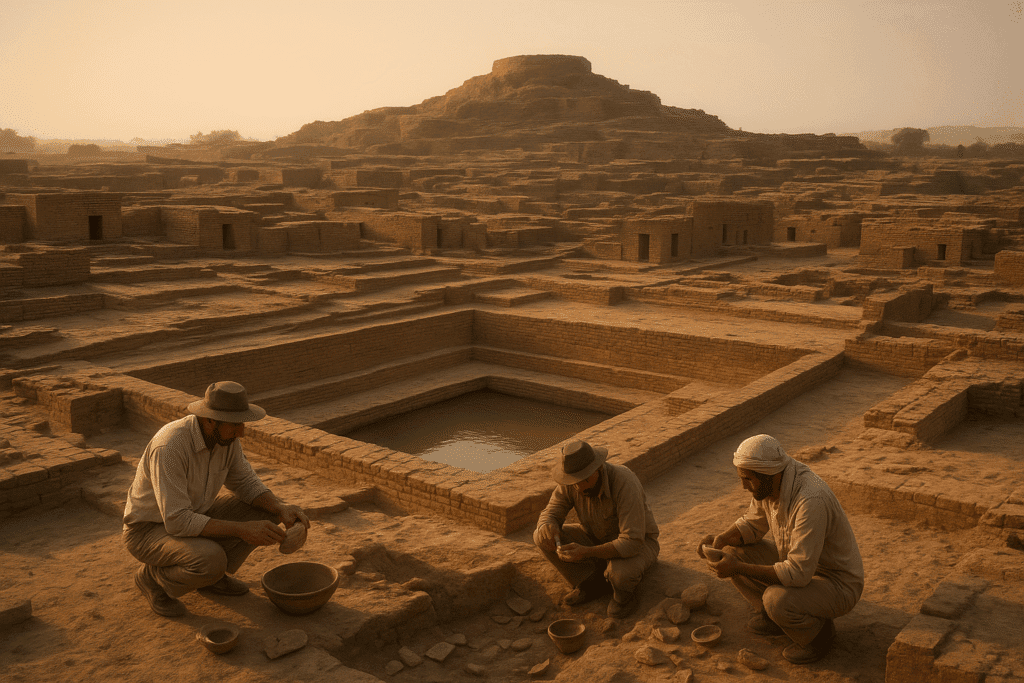
Mohenjo-Daro is located near Larkana, Sindh. It is the first ancient Indus civilization in the region that was built on urban planning 5000 years ago. The most visited historical place by travellers in Sindh. It features two-story houses, an underground drainage system, warehouses for storing food supplies, attached and public toilets, dustbins, and sewers to maintain the city’s clean air. The Great Bath, a modern swimming pool that is nearly 5000 years old, archaeologists’ theory suggests it was maybe the place where religious spiritual performed daily. During excavation, they found artifacts that show their profession; they were farmers, artists, porters, but there is no significant proof that can be claimed they are warriors or have any army of their own to protect their city, even any defense bunkers or forts. The city was built on a grid layout with separate classes upper class, that have homes around the stuppa, the middle class, and the lower class for farmers. The excavators also found the statues: the dancing girl and the Buddhist priest. There is a full article on Mohenjo-Daro, exploring how the most advanced urban planning ended and left behind dirt and bricks.
Ranikot Fort: The Heritage of Sindh
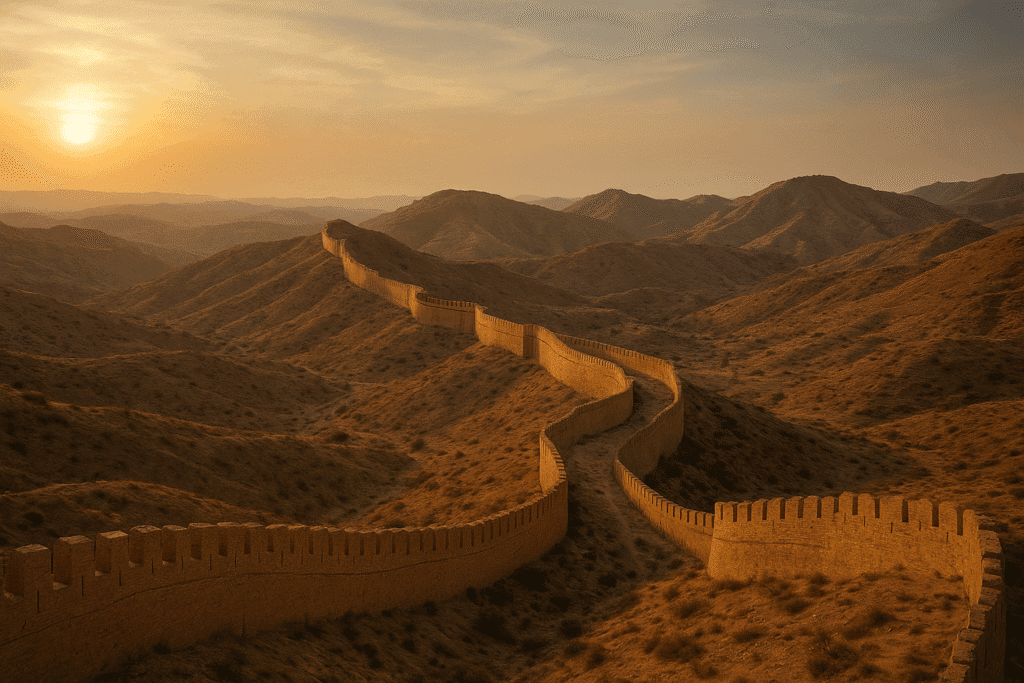
Ranikot Fort is also known as the Great Wall of Sindh. It is Located near San, Jamshoro. It is a mystery for historians who built this defensive fort. Talpurs did rebuild the fort from their own money to defend against enemies, but they also didn’t know the person or kingdom that built the longest wall, which is pretty similar to the Great Wall of China. With its massive walls, it has four main entry gates, and each one is used for different circumstances, like one gate is for traders, while another gate is for the battalions to enter the fort to change their shifts. It has two forts inside that are for royal Talpurs and has hidden tunnels that were used for emergencies. Even though it was built for defense, the fort was the main hub for traders and a secure point to rest on the long journeys. Legends believe that it was built by the ancient Persian Empire, but there is no concrete proof to stand on this theory. Hundreds of Foreign travellers, architects, and archaeologists visit the Ranikot Fort. There is still so much history that has not yet been unraveled. It is a Tentative world heritage site status by UNESCO. For more interesting facts, click Ranikot Fort to find numerous eye-catching information. It is Located near San, Jamshoro.
Kot-Diji Fort: The Talpur’s Arm
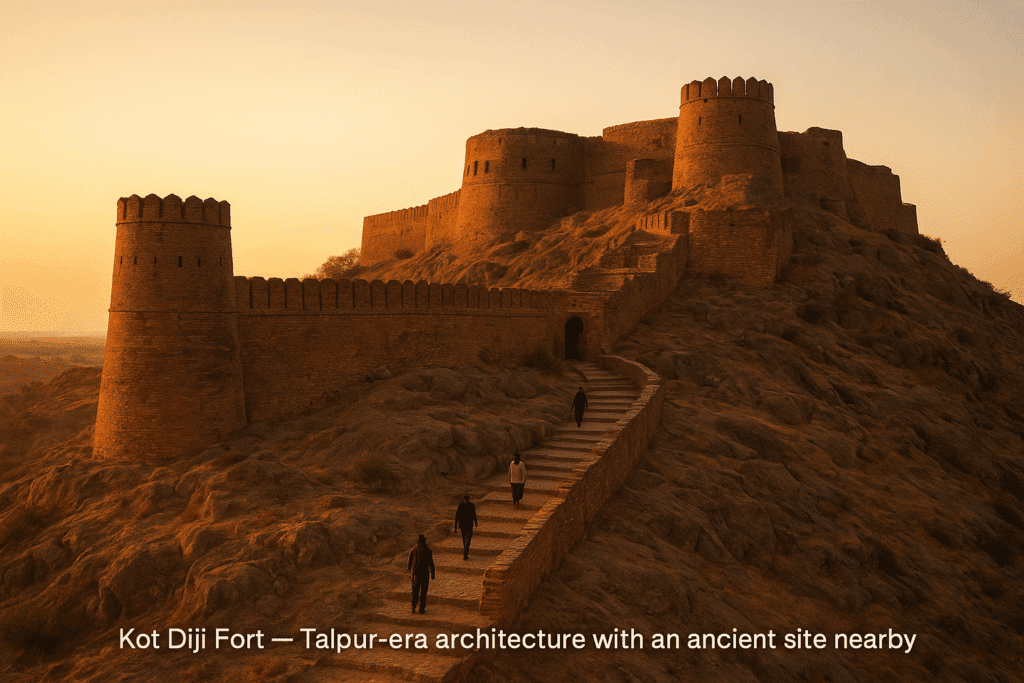
Kot-Diji Fort is known for its architecture and also for the Talpurs, who ruled this fort and prepared for defense against raiders and other kingdoms. It was built by Mir Sohrab Talpur in 1785-95. It is located near the Khairpur district. It has elephant-proof doors because at that time, the forces used elephants to enter the fortresses. The Talpurs placed cannons on the upper walls so they could easily throw heavy explosives that were enough to slow the enemy from moving to the frontier line. It has barracks for each door where, 24/7, the soldiers were occupied in war situations. It has a massive hall where the king listens to the complaints of the people or decides on war strategies. Its roots go back to the ancient Indus Valley civilization. With its 30-foot walls, they can easily spot the enemies from a long distance, and that was enough to prepare against them. There is not much activity of foreign travellers due to the deserted and hot area, but he local Pakistanis are visiting this fort very often. Schools, Universities, and institutions’ students also come here to go on a picnic in winter.
Umerkot Fort: Akbar Town
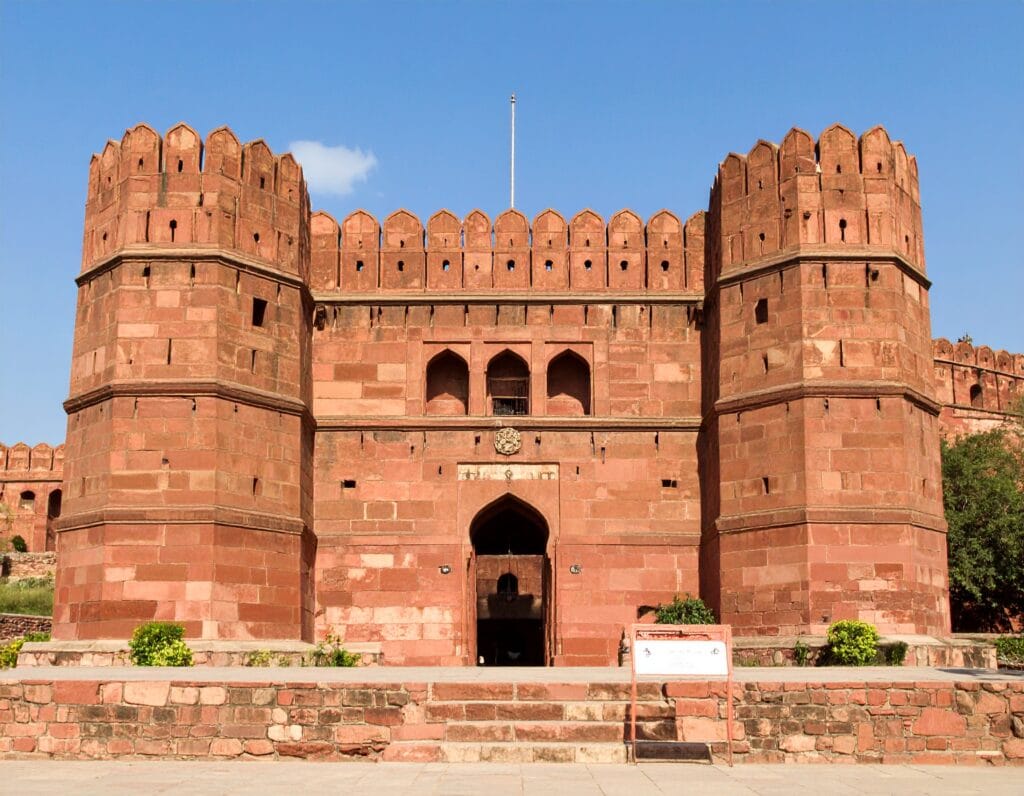
Umerkot Fort is located in Umerkot, Tharparkar District in Sindh. Historians believe. It was built in the 11th century, and it was also a Akbar birth place who was the Mughal Emperor in 1542. Unlike other forts, it was built with red stones with a square structure strong layout with massive bastions and walls. Akbar’s Father, Humayun, took refuge there when he was defeated by Sher Shah Suri. Despite the fact that it was the birthplace of the Mughal Emperor, legends say there are some unraveling stories of loyalty and betrayal of the Mughals and Rajputs. It was ruled by the Rana family, the local Rajputs of the region, and later on, it was taken over by the Mughals, Kalhoras, and even Talpurs managed to rule the Umerkot Fort. However, it has been damaged over the years, but the fort still stands. It also has a museum that shows the culture, weapons, and manuscripts. It comes under the Archaeology department of Pakistan that protects this heritage site of Sindh. It is the most visited fort due to its connections to the Mughal Emperor.
Sehwan Fort: Lost in the Sands
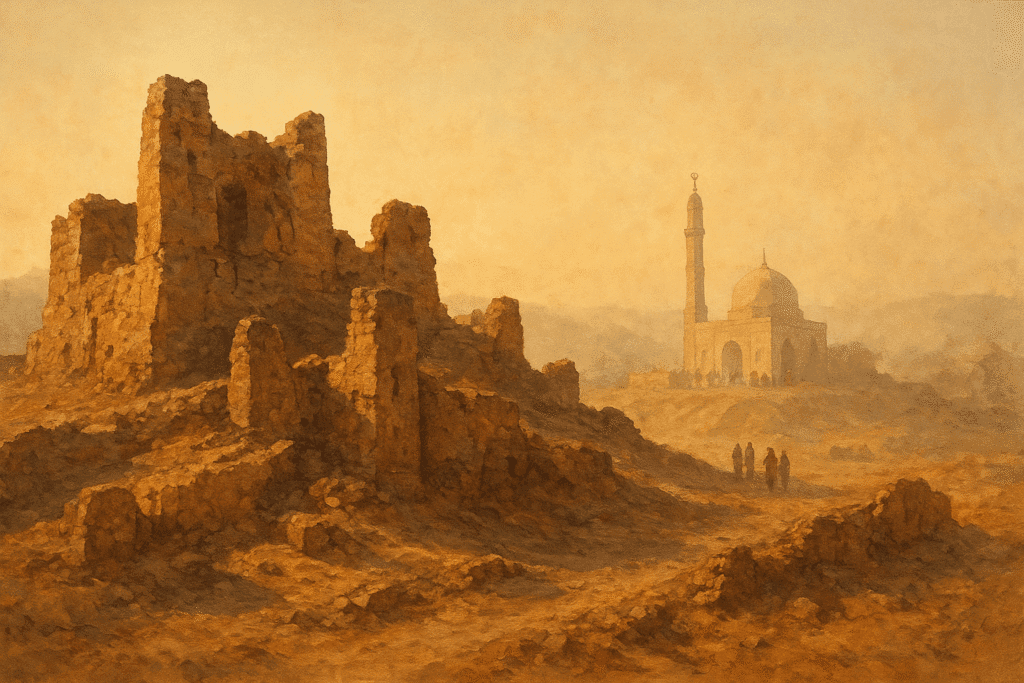
The Sehwan Fort is located near Sehwan Sharif, Jamshoro district in Sindh. Archaeologists say it may have been built by Alexander the Great in 326 BCE. After that, it was ruled by Arabs, Summras, Sammras, Mughals, and Talpurs. Unlike the Umerkort fort, it was built on a rectangular structure with backed bricks and mud on the human-made mound. It also consists of high walls and bastions. It was basically built for defense and to do surveillance around the areas to look for activities. Those who ruled this Sehwan Fort can control the access of trades and military routes on the upper and lower Sindh. It connects with Sufism due to the fact that it was located near the Shrine of Lal Shebaz Qalander, which gives a touch of religion and gives more value in the Sindh history..Unfortunately, it was not stand today and only remained with bricks and walls. Some travellers take a stop when they go to visit the Shrine of Lal Shehbaz Qalanader.
Conclusion
The Sindh of today is not that long in area, but once it was the largest region in history, even you can see the map of Sindh before the Pakistan-India partition. There are artifacts, statues, sculptures, weapons, and pictures that are displayed in the big museums of India and Pakistan. Its history starts from the ancient Indus Valley Civilization to the Talpurs Dynasty. Wonder how the battles were fought with cannons, the devastating look on the people of the forts, the dozens of people sacrificing their lives for their king, that is not possible in today’s world, where people are dying due to hunger and diseases, and no leader can protect them. Many aspects are not covered due to obvious reasons, but there will be more to discuss in the upcoming blogs.










